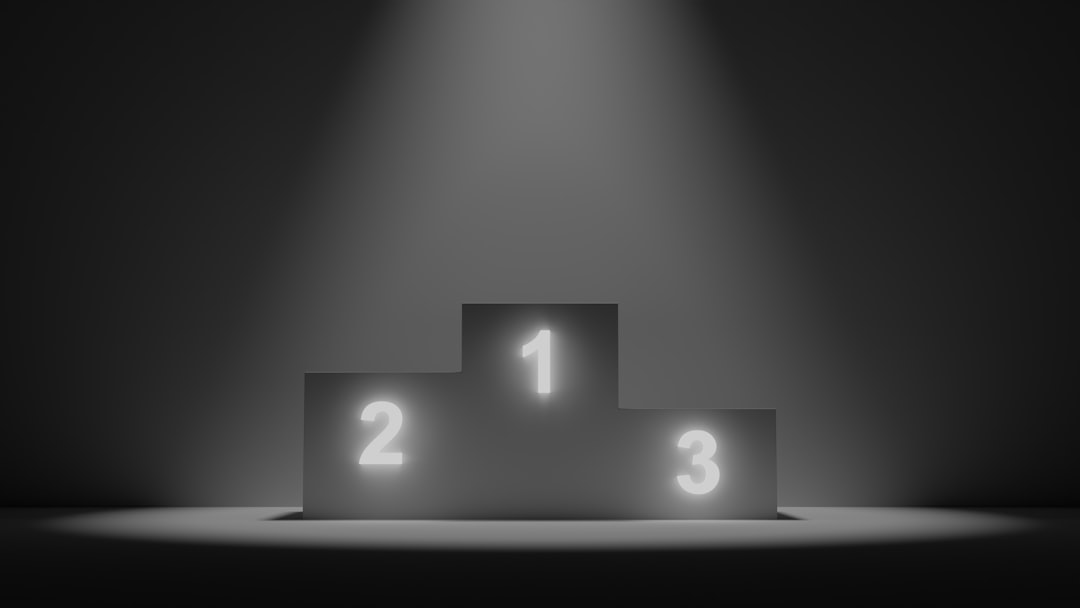What is it about?
I present a statistical analysis of the planetary orbital periods and their relationship to the rotation periods of their parent stars. I test whether the structure of planetary orbits, i.e. planetary angular momentum and orbital periods are 'quantized' in integer or half-integer multiples with respect to the parent stars' rotation period. The Solar System is first shown to exhibit quantized planetary orbits that correlate with the Sun's rotation period. The analysis is then expanded over 443 exoplanets to statistically validate this quantization and its association with stellar rotation. The results imply that the exoplanetary orbital periods are highly correlated with the parent star's rotation periods and follow a discrete half-integer relationship with orbital ranks n=0.5, 1.0, 1.5, 2.0, 2.5, etc. The probability of obtaining these results by pure chance is p<0.024. I discuss various mechanisms that could justify this planetary quantization, such as the hybrid gravitational instability models of planet formation, along with possible physical mechanisms such as inner discs magnetospheric truncation, tidal dissipation, and resonance trapping. In conclusion, we statistically demonstrate that a quantized orbital structure should emerge naturally from the formation processes of planetary systems and that this orbital quantization is highly dependent on the parent stars rotation periods.
Featured Image
Why is it important?
It shows that planetary orbits are quantized in a similar way to atom / electron quantization and this quantization is directly related to the spin rotation of the parent star.
Perspectives
I believe this is an important result and could mean that the same law applies to other rotational gravitational systems, from Saturn's moon to galactic spiral structures.
Jean Paul Zoghbi
Read the Original
This page is a summary of: Quantization of Planetary Systems and its Dependency on Stellar Rotation, Publications of the Astronomical Society of Australia, January 2011, Cambridge University Press,
DOI: 10.1071/as09062.
You can read the full text:
Contributors
The following have contributed to this page










